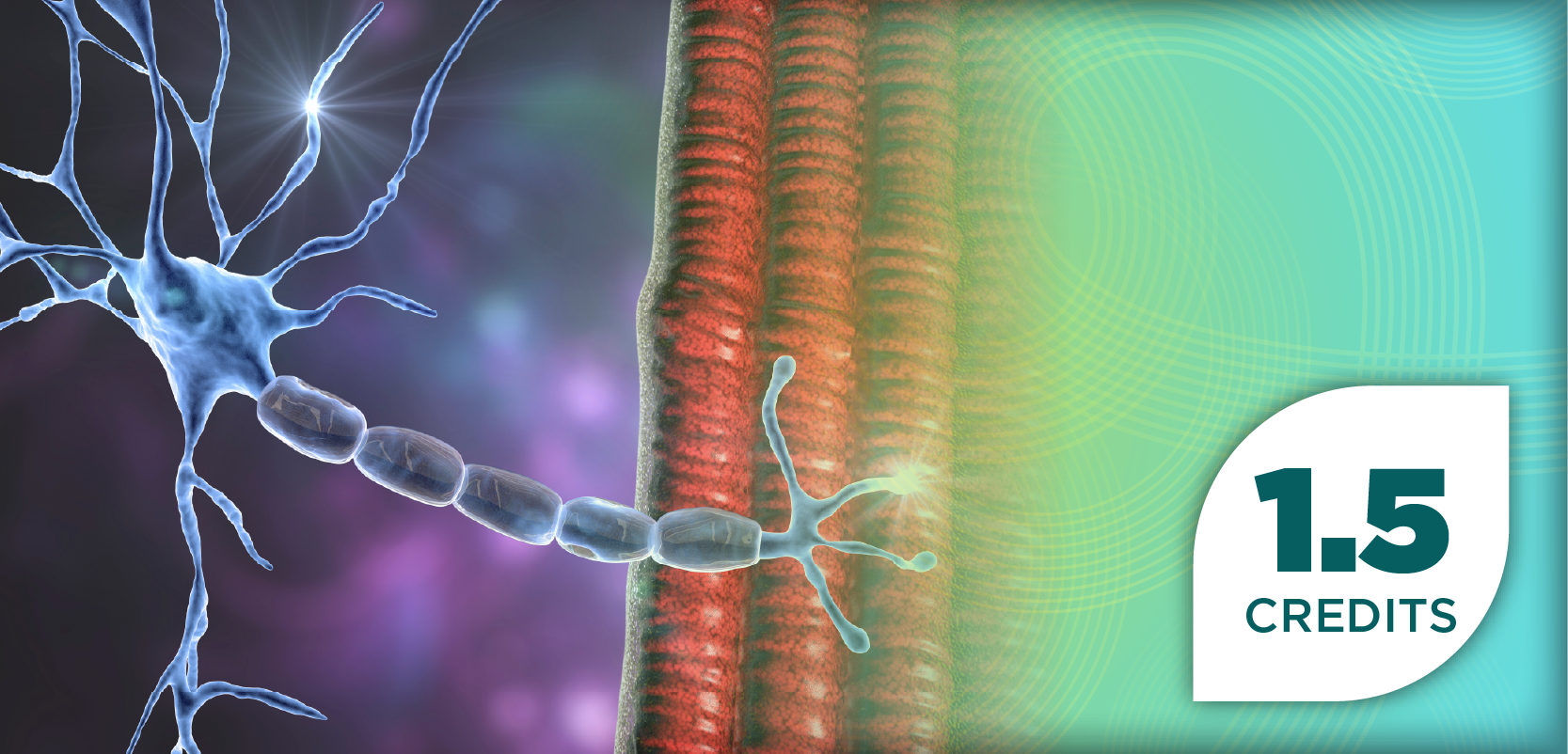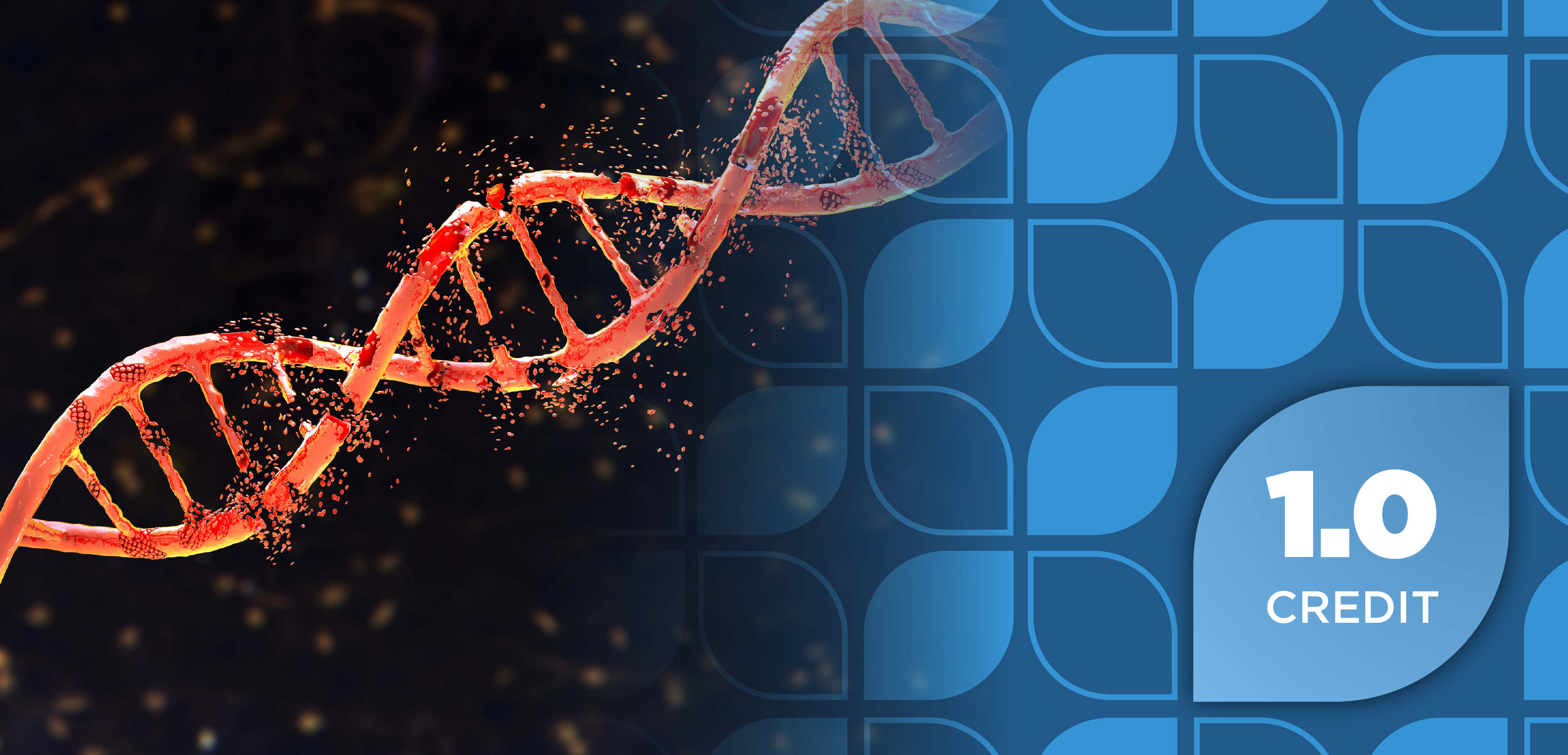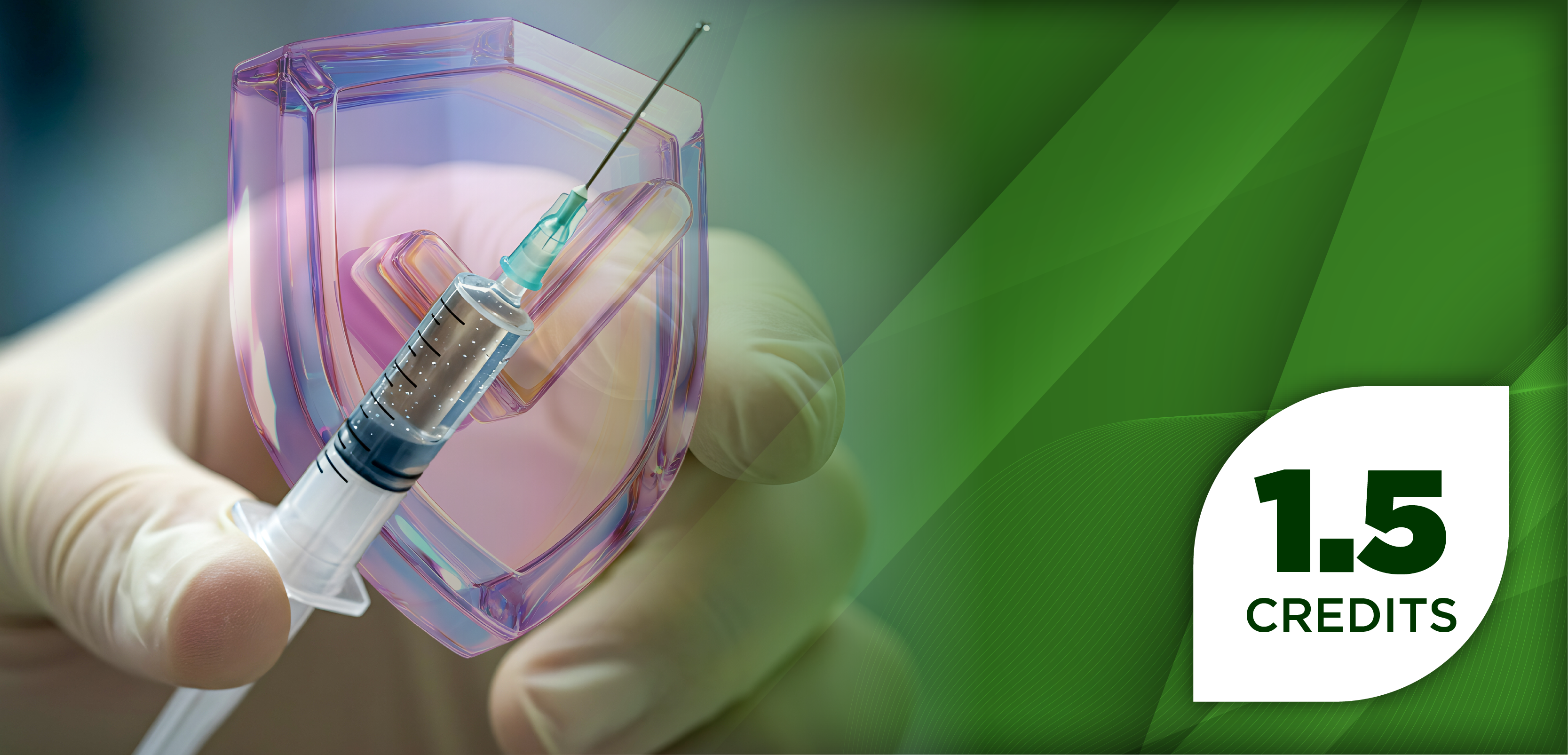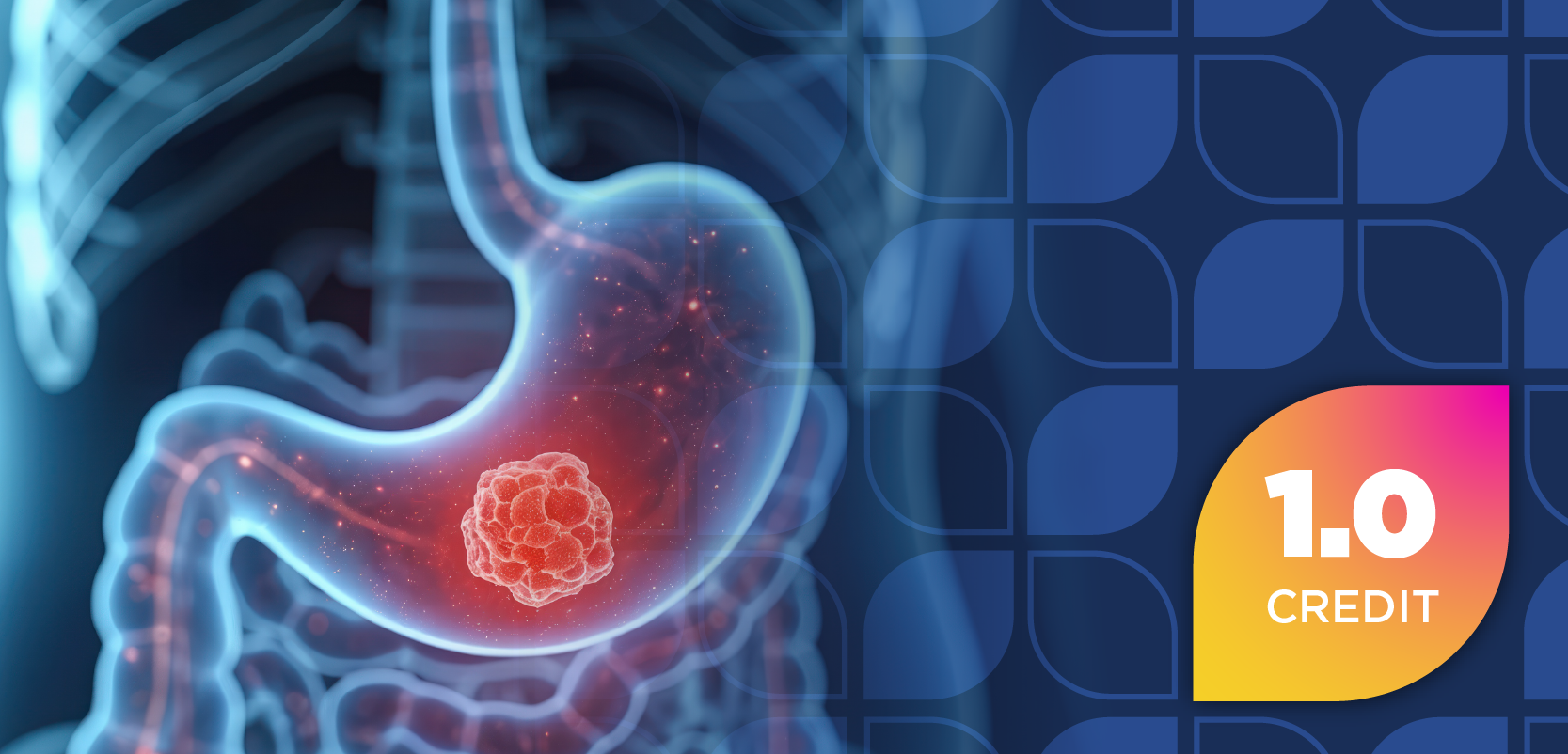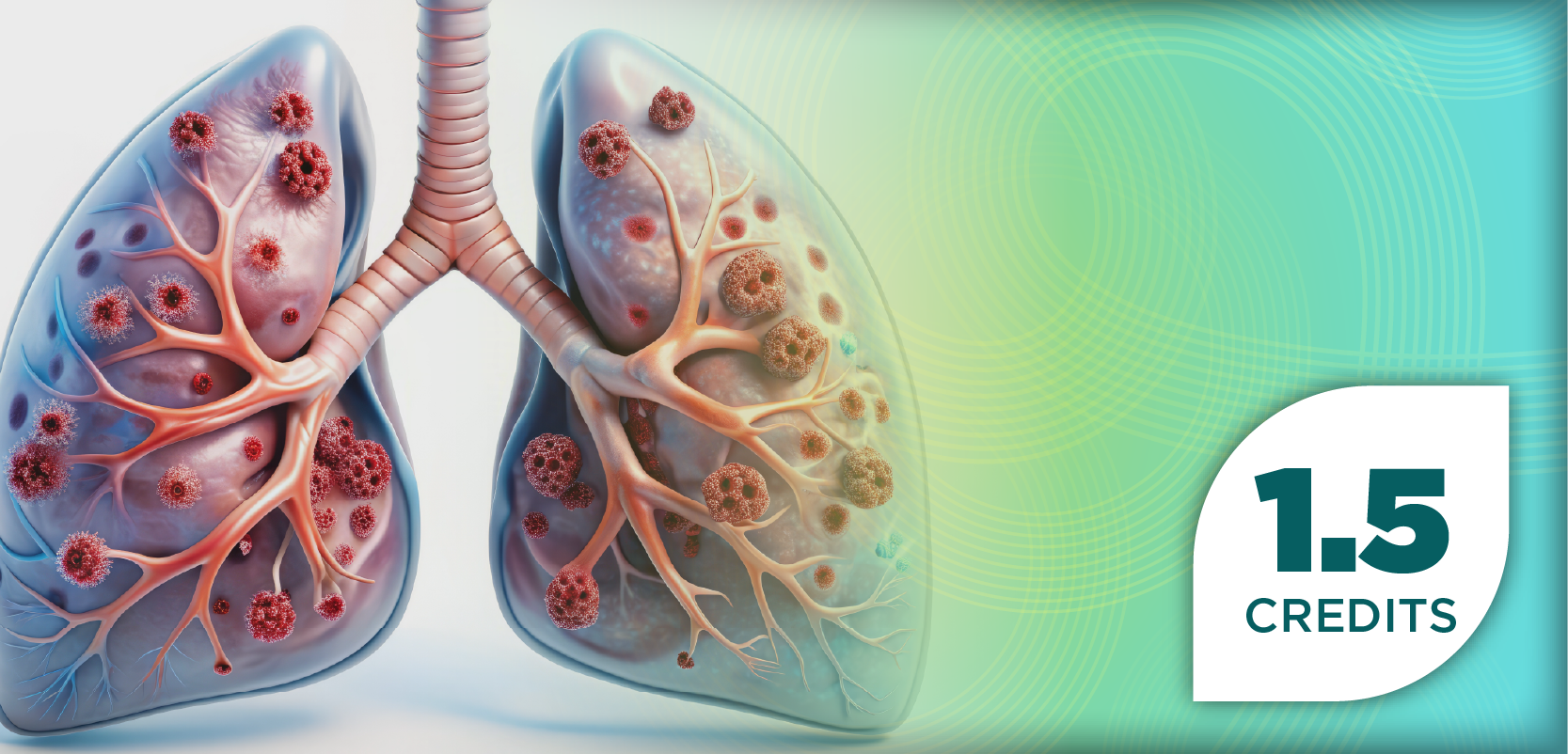
Experimental Vaccine Shows 73% Efficacy Against Salmonella Paratyphi A
Key Takeaways
- CVD 1902 vaccine showed 73% efficacy against S. Paratyphi A in a phase 2b trial, significantly reducing infection rates compared with placebo.
- The trial involved 72 participants, with a 1:1 randomization to receive either the vaccine or placebo, followed by an oral challenge with S. Paratyphi A.
A groundbreaking vaccine shows 73% efficacy against Salmonella Paratyphi A, offering hope in combating enteric fever globally.
Researchers may have developed the first vaccine against Salmonella enterica serovar Paratyphi A (S. Paratyphi A). In a phase 2b randomized trial (ISRCTN15485902), 2 doses of the oral, investigational live attenuated vaccine CVD 1902 showed 73% efficacy against S. Paratyphi A in the intent-to-treat population. The data were published in The New England Journal of Medicine.1,2
The pathogen S. Paratyphi A is responsible for over 2 million cases of enteric fever annually, representing a global burden. Although exposure to the pathogen is more commonly seen in lower-income countries—typically through contact with unsafe water and food—incidence is increasing in middle- and high-income countries.3
In the US, the FDA regularly releases reports of Salmonella outbreaks related to various food items, including eggs, produce, powdered supplements, and home delivery meals. The continued and increasing prevalence of S. Paratyphi A in the US underscores the critical need for intervention.4
In a double-blind, randomized, placebo-controlled trial, researchers evaluated the orally administered live, attenuated CVD 1902 vaccine using a controlled human infection model. The trial participants (n = 72; median age 32 years, range 20-54; 46% women) were randomly assigned 1:1 to receive either 2 doses of CVD 1902 (n = 34) or placebo (n = 36) 14 days apart. Twenty-eight days following the second dose, participants were given S. Paratyphi A orally.1
The primary end point was a diagnosis of S. Paratyphi A infection within 14 days after challenge. Secondary end points included safety and immunogenicity.1
In the intention-to-treat population, S. Paratyphi A infection occurred within 14 days of challenge in 21% of participants who received the CVD 1902 vaccine, compared with 75% of those in the placebo group (P < .001). This corresponds to a vaccine efficacy of 73% (95% CI, 46–86). In the per-protocol analysis, vaccine efficacy was 69% (95% CI, 42–84).1
The number of adverse events was similar between groups, and no vaccine-related serious adverse events were reported. CVD 1902 vaccination elicited serum IgG and IgA responses to the S. Paratyphi A O antigen, whereas no antibody increases were observed in the placebo group.1
“The results from this trial suggest that the paratyphoid vaccine is very likely to be as efficacious as the typhoid vaccine in endemic settings," Xinxue Liu, PhD, coauthor, from the Centre for Clinical Vaccinology and Tropical Medicine at the University of Oxford, told MedPage Today. "The results were fully consistent with our expectations. The study was designed to detect a 70% level of protection, and the observed vaccine efficacy of approximately 70% aligns perfectly with our hypothesis."5
The CVD 1902 vaccine demonstrated strong protection against Salmonella Paratyphi A infection, significantly reducing the rate of infection compared with placebo and generating robust antibody responses without serious safety concerns. These findings support the potential of CVD 1902 as an effective preventive strategy against paratyphoid fever, a major cause of enteric infections in regions where typhoid vaccination alone offers limited coverage.
REFERENCES
1. McCann N, Paganotti Vicentine M, Ebrahimi N, et al; VASP Study Team. Safety, efficacy, and immunogenicity of a Salmonella Paratyphi A vaccine. N Engl J Med. 2025;393(17):1704-1714. doi:10.1056/NEJMoa2502992
2. Development of a vaccine against Salmonella Paratyphi A. ISRCTN. Updated October 30, 2025. Accessed November 3, 2025. https://www.isrctn.com/ISRCTN15485902
3. Ali A, An SJ, Cui C, Haque A, Carbis R. Synthesis and immunogenicity evaluation of Salmonella enterica serovar Paratyphi A O-specific polysaccharide conjugated to diphtheria toxoid. Hum Vaccin Immunother. 2014;10(6):1494-1498. doi:10.4161/hv.28130
4. Reports of selected Salmonella outbreak investigations. CDC. Accessed November 3, 2025. https://www.cdc.gov/salmonella/outbreaks/index.html
5. Rudd T. Salmonella Paratyphi A vaccine protected against infection. MedPage Today. October 31, 2025. Accessed November 3, 2025. https://www.medpagetoday.com/infectiousdisease/vaccines/118257
Newsletter
Stay informed on drug updates, treatment guidelines, and pharmacy practice trends—subscribe to Pharmacy Times for weekly clinical insights.


























































































